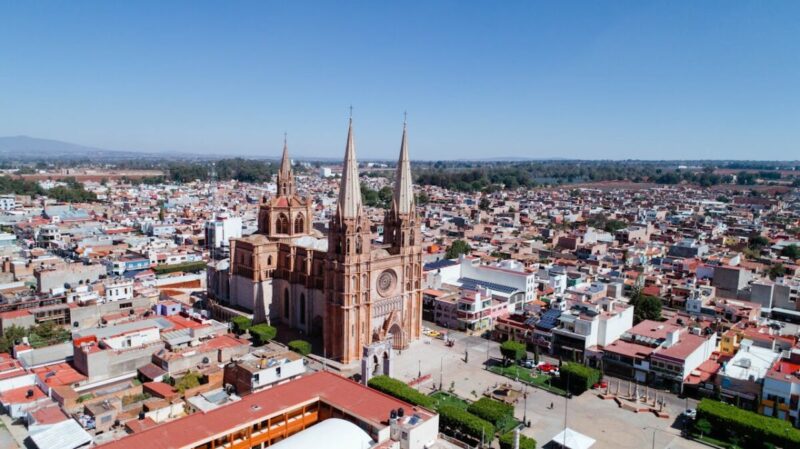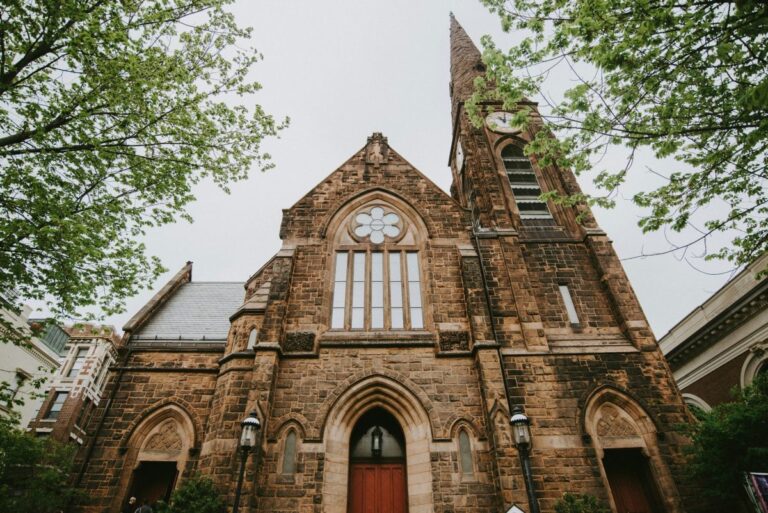Saint Francis Xavier 16th Century Spainard Who Co-founded the Society of Jesus
Saint Francis Xavier was born on April 7, 1506, and he died on December 3, 1552. He was a Navarrese (Spain) cleric and missionary. He co-founded the Society of Jesus, which is commonly known as the Jesuits. Saint Francis Xavier was a representative of the Portuguese Empire, led the first Christian missions to Japan and India. He was a companion of Ignatius of Loyola, who is most commonly thought of as founding the Society of Jesus. Saint Francis Xavier and one of the first seven Jesuits who took vows of poverty and chastity. He died on Shangchuan Island, on a mission to China. For his overseas efforts, he is known as “The Apostle of the Far East.” Was there a priest who was more well-traveled than he?
Saint Francis Xavier Biography

Saint Francis Xavier was born in the Castle to an influential noble family. His father was the Royal Council of the Kingdom of Navarre, and seneschal of the Castle of Xavier, a doctor in law by the University of Bologna. He was well born, and it makes one wonder why someone who was born into so much became a priest.
His mother was the only heiress to the Castle of Xavier. She was related to the theologian and philosopher Martín de Azpilcueta. His brother later became a Lord. In 1512, Ferdinand, King of Aragon and regent of Castile, invaded Navarre, initiating a war that lasted over 18 years. In 1515, Saint Francis Xavier’s father died when Francis was only nine years old. In 1516, Francis’s brothers participated in a failed Navarrese-French attempt to expel the Spanish invaders from the kingdom. So, his family was very involved in Spanish politics.
In 1525, Francis went to study in Paris at the Collège Sainte-Barbe, University of Paris, where he spent the next eleven years. He was an athlete, specifically, a high jumper. Saint Francis Xavier had aspirations of worldly advancement, and at first did not become a priest. St. Ignatius Loyola was a friend of his. Ignatius is said to have posed the question: “What will it profit a man to gain the whole world, and lose his own soul?” In 1530, Francis taught philosophy at the University of Paris.
On August 15, 1534, seven students met in a crypt beneath the Church of Saint Denis, overlooking Paris. They were Saint Francis Xavier, Ignatius of Loyola, Alfonso Salmeron, Diego Laínez, Nicolás Bobadilla from Spain, Peter Faber from Savoy, and Simão Rodrigues from Portugal. They made private vows of poverty, chastity, and obedience to the Pope, and also vowed to go to the Holy Land to convert infidels. Francis was ordained on June 24, 1537.
In 1539, the Jesuits were founded, and their constitution was approved by Pope Paul III in 1540. In 1540, King John III of Portugal requested that Jesuits be sent to India to win converts. Ignatius appointed Nicholas Bobadilla and Simão Rodrigues to make the trip to India. At the last moment, however, Bobadilla became seriously ill, and needed to be replaced. Thus, Francis Xavier began his life as the first Jesuit missionary almost accidentally.
They left Rome on March 15, 1540, and after four days, Saint Francis Xavier reached Lisbon in June 1540. And he and Rodrigues were called to a private audience with King John and Queen Catherine. King John started the Inquisition. Francis Xavier devoted much of his life to missions in Asia, mainly in four areas: Malacca, Amboina and Ternate (in the Maluku Islands of Indonesia), Japan, and offshore China.
Saint Francis Xavier Veneration

Saint Francis Xavier died while on a missionary trip to China. Xavier was first buried on a beach at Shangchuan Island. His body was buried until February 1553, when the Portuguese merchants dug it up. They noted that there was no smell. His body was moved around Asia at first, but found its final resting place at Goa.
Many churches all over the world are named for Saint Francis Xavier. The many in the United States include the historic St. Francis Xavier Shrine at Warwick, Maryland, and the Basilica of St. Francis Xavier in Dyersville, Iowa. There is also the educational teaching order, the Xaverian Brothers, and the Mission San Xavier del Bac in Tucson, Arizona (founded in 1692 and known for its Spanish Colonial architecture).
Conclusion
Saint Francis Xavier was a dedicated adherent to the Christian faith. That he was initially somewhat reluctant is an inspiration to us. He was concerned with worldly things, being of noble birth (very high up in the Spanish aristocracy). We are also concerned with worldly things and can turn to great faith.




